Gaining Traction: Locker vs. LSD vs. Spool
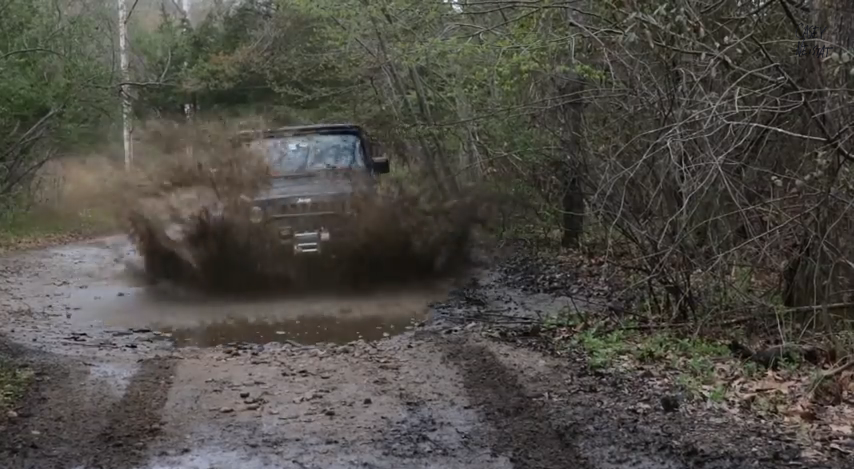
Traction is the name of the game in off-road and just as there are many types of differentials, there are ways to make both axles lock up. You hear these terms all the time: LSD, Locker, Spool, Detroit Locker, and more. Well, in this article we’ll take a brief moment to explain the different types of differential locking options there are in the clutch-type LSD, locker, and spool.
Your OEM differential is known as an “open” differential, and it is designed to allow the outside wheel to travel farther than the inside, so you can make your turn. It does so with the spider gears located inside the carrier, and allows the wheel on the outside of the turn to move faster. The problem is that when you’re off-roading, your tire with less traction will be allowed to spin thanks to that same design. How do you fix that? One popular and easy way is to replace the spider gears with a locker setup.
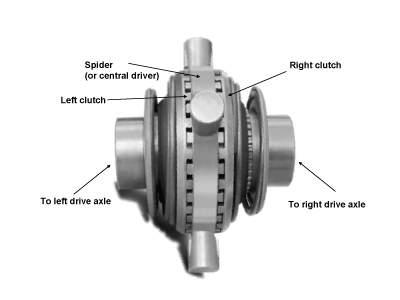 There are several companies that create a locker style and they will either operate like the original Detroit Locker or a variation of it. However, they all work on a similar principal. On forward driving, the teeth inside the assembly will drive both wheels at the same speed. When turning, the teeth or ramps will allow the outside wheel to over-speed, and a spring will return the differential to lock after wheel speeds equalize. Take a look below to see how an Eaton Detroit Locker works and how a Richmond Gear Lock-Right takes a different spin on this action.
There are several companies that create a locker style and they will either operate like the original Detroit Locker or a variation of it. However, they all work on a similar principal. On forward driving, the teeth inside the assembly will drive both wheels at the same speed. When turning, the teeth or ramps will allow the outside wheel to over-speed, and a spring will return the differential to lock after wheel speeds equalize. Take a look below to see how an Eaton Detroit Locker works and how a Richmond Gear Lock-Right takes a different spin on this action.
Detroit Locker
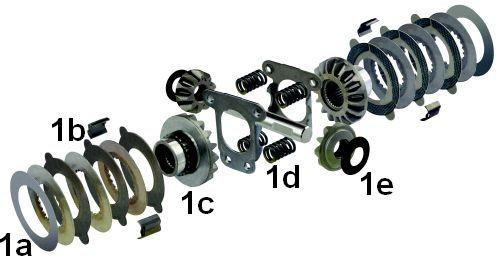
Clutch-type LSDs, on the other hand, utilize clutch packs to limit the slip between the tires. On certain types of clutch-type LSDs, you won’t see the center pin attached to the differential case. Instead, the center pin rides inside the ramp assemblies where the spider gears are located. In Auburn and Trac-Lok differentials, the center pin still does attach to the differential case. There is a spring inside the LSD; however, it only acts as a preload.
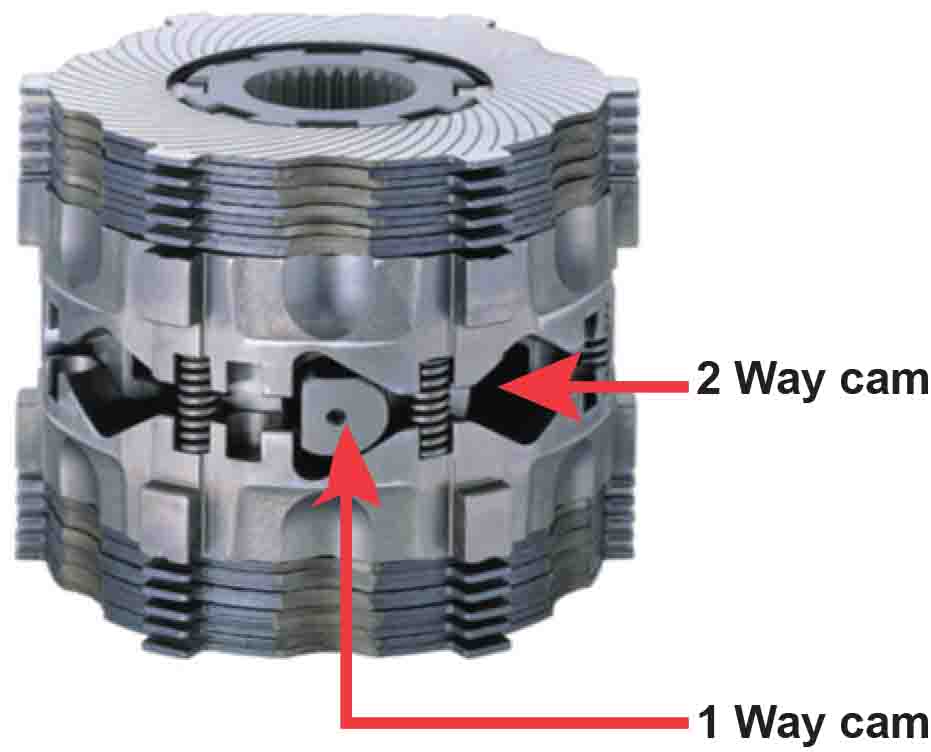
Another difference is how the lock-up action occurs. Instead of being either locked or unlocked, but not in between, a clutch-type LSD can put pressure on the clutches to increase the breakaway torque required, and allow slip when that happens. The clutch-type LSD can also provide a lock-up during deceleration. This is done by the ramp assembly and how it interacts with the center pin. That design can make an LSD act as a one-way, 1.5-way, or two-way. A one-way LSD will only lock on acceleration and will be open on deceleration because the center pin will be flat along with the deceleration side of the carrier. A 1.5-way LSD will have a wider ramp on the deceleration side to provide some lock-up during deceleration. A two-way will provide lock-up on acceleration and deceleration with equal force as both ramps are the same shape.
Check out these videos on the clutch-type LSD:
How LSDs work
One-Way, Two-Way, 1.5-Way Explained
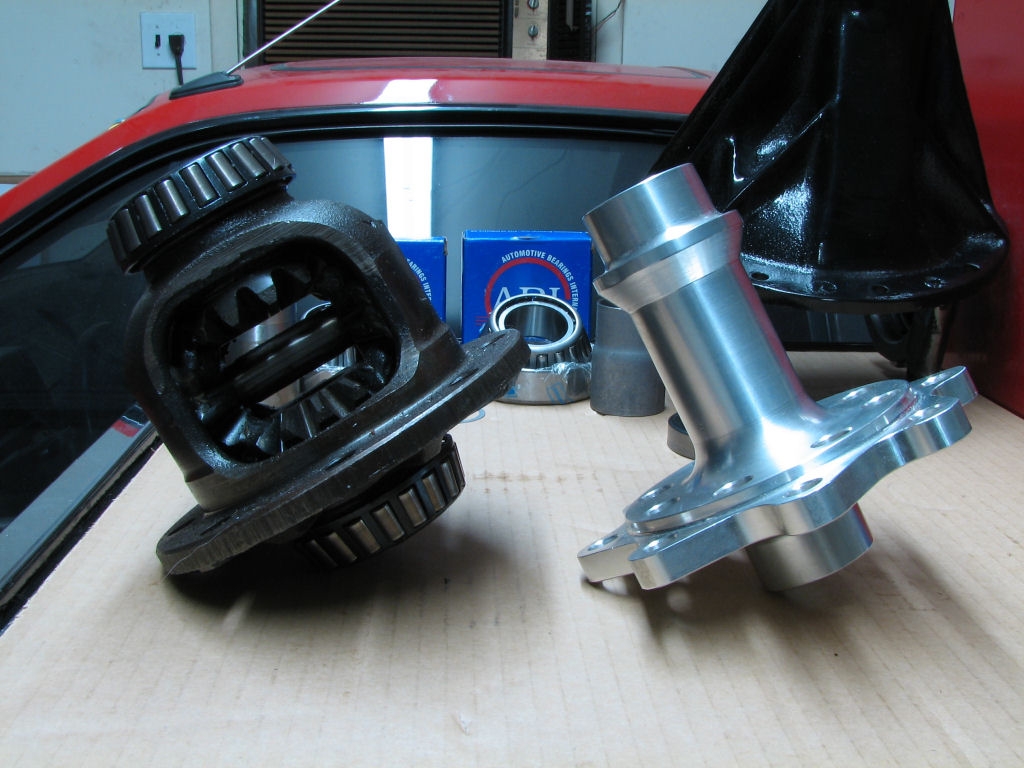
Finally we have the simplest of them all: the spool. The spool is a solid piece of metal designed to attach to your ring gear and makes your axles spin at the same speeds all the time. It’s usually made of a solid piece of billet steel, but lighter-weight versions do exist. Of course, with your wheels locked all the time, getting around corners will be either an exercise of drift, or an exercise in finding out how bad of a driver you really are. However, if your Jeep sees nothing but loose sand, snow, or never really goes on-road, a spool is an inexpensive investment over the locker and LSD.
